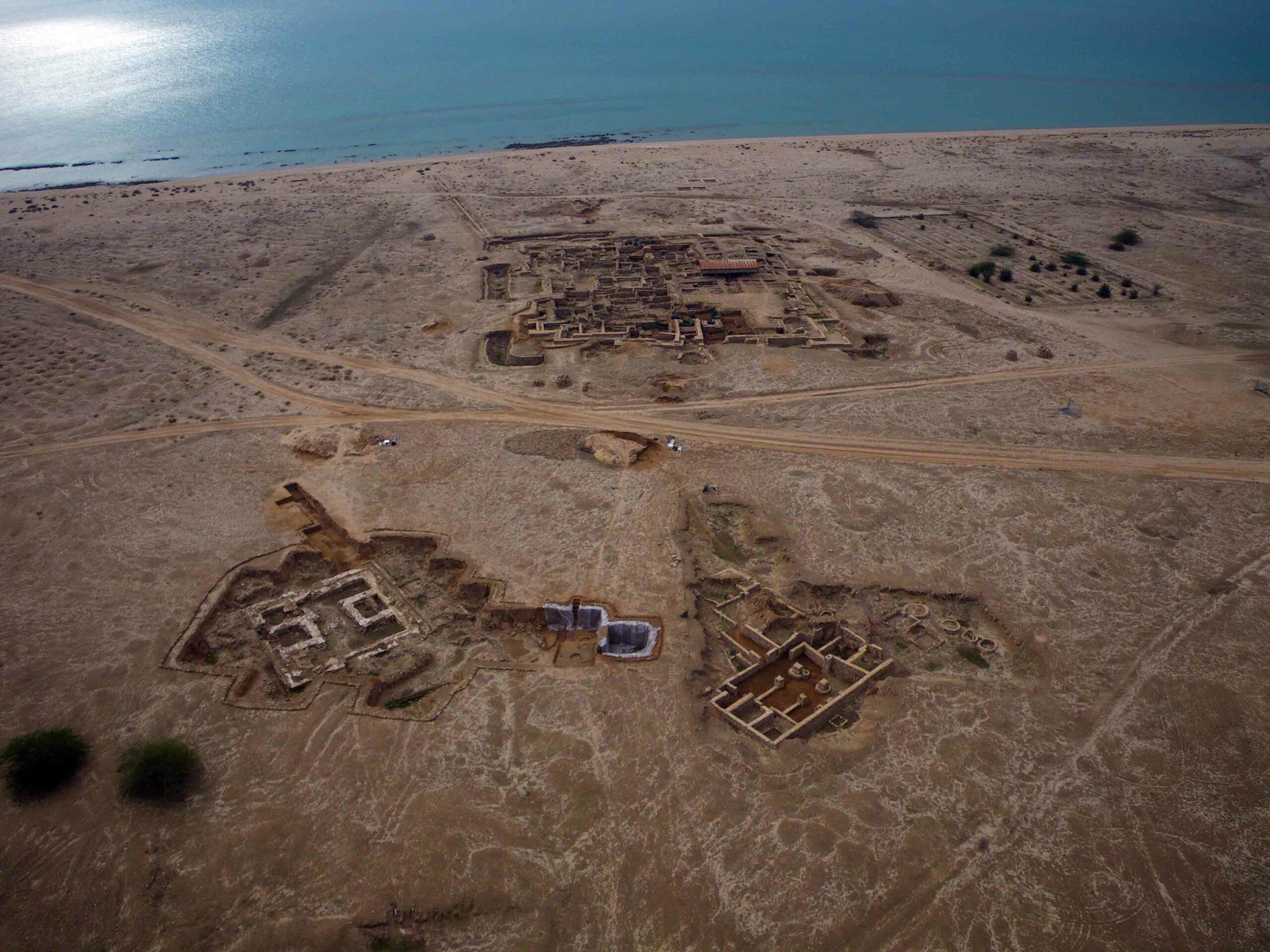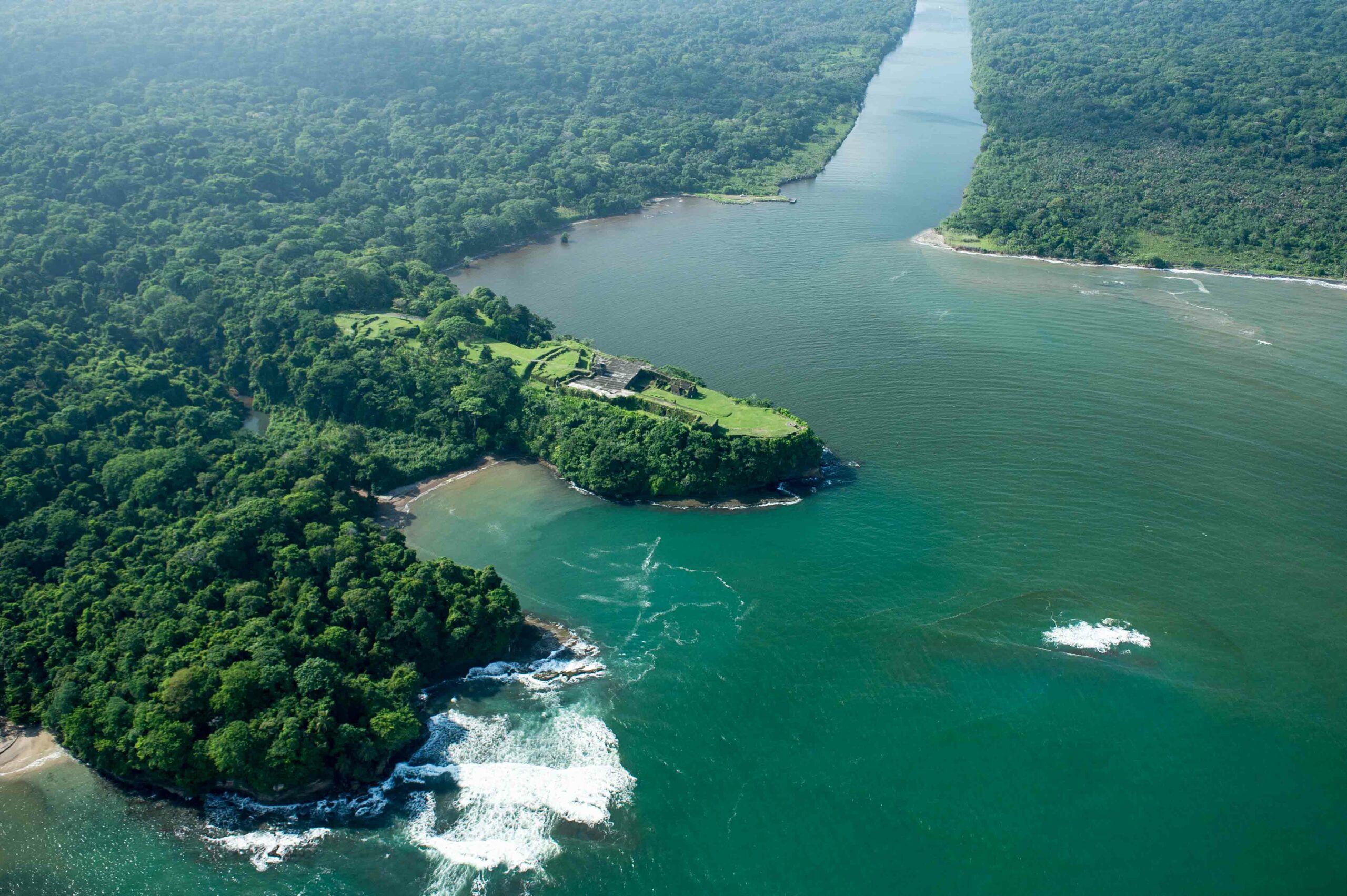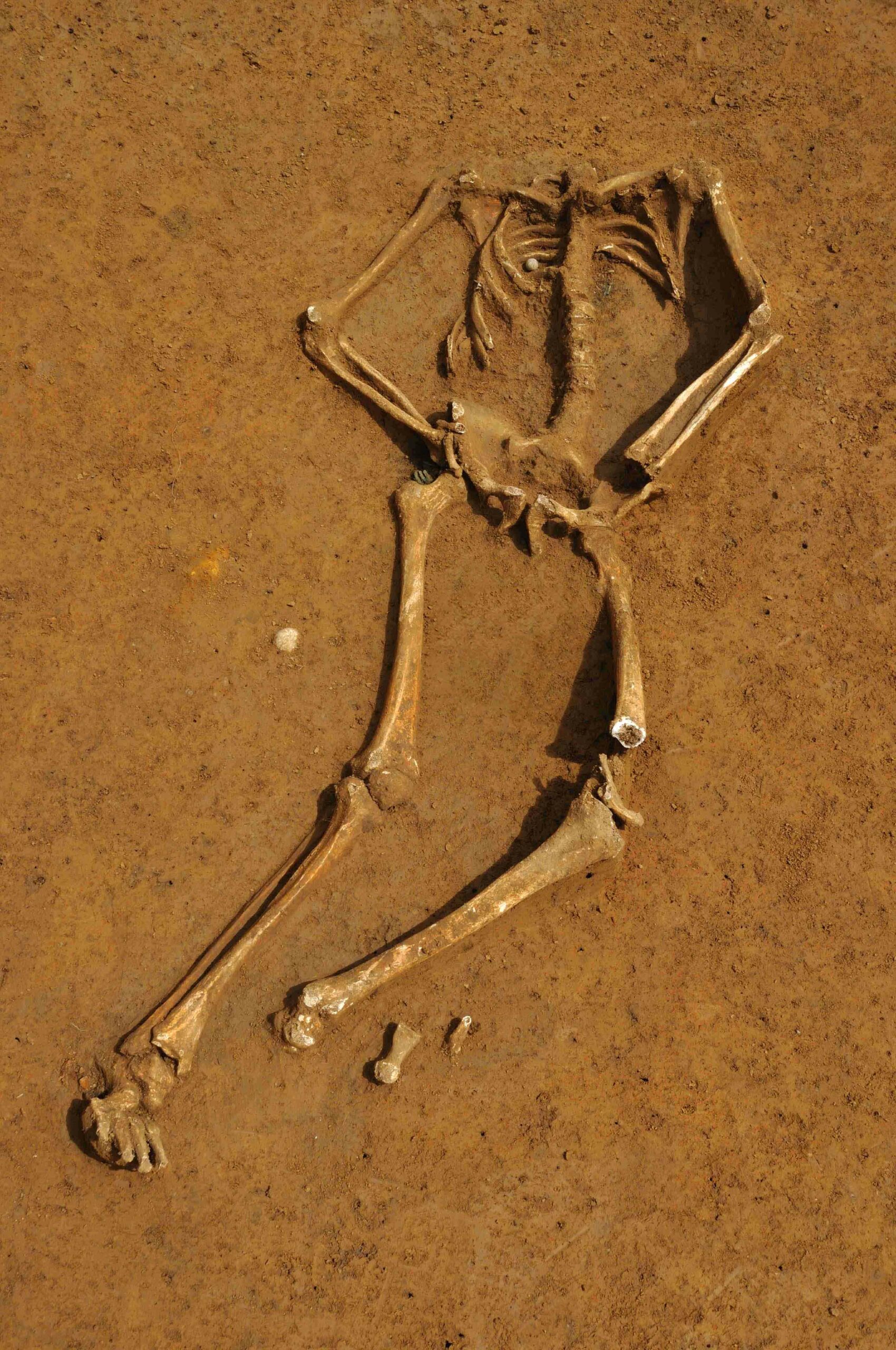
UNIVERSITY PARK, PENNSYLVANIA— Archaeologist Douglas Kennett of Pennsylvania State University and his colleagues decided to retest a lintel from the Maya site of Tikal to see if new technology would uphold previous studies of the Maya Long Count Calendar. In 1905, scholars developed a conversion formula to correlate the Maya calendar and the European calendar. The formula is based upon astronomical data and a few historical texts, but because the Long Count calendar fell out of use before the arrival of the Spanish, not much information was available to work with. In 1960, scientists obtained radiocarbon dates from two wooden lintels carved with dates and historical information at the Maya site of Tikal. Their results were in line with the European date obtained with the conversion formula. Kennett’s new radiocarbon dates and analysis of the lintel’s tree rings confirm the earlier work. “These events and those recorded at cities throughout the Maya lowlands can now be harmonized with greater assurance to other environmental, climatic, and archaeological datasets,” the team wrote.










